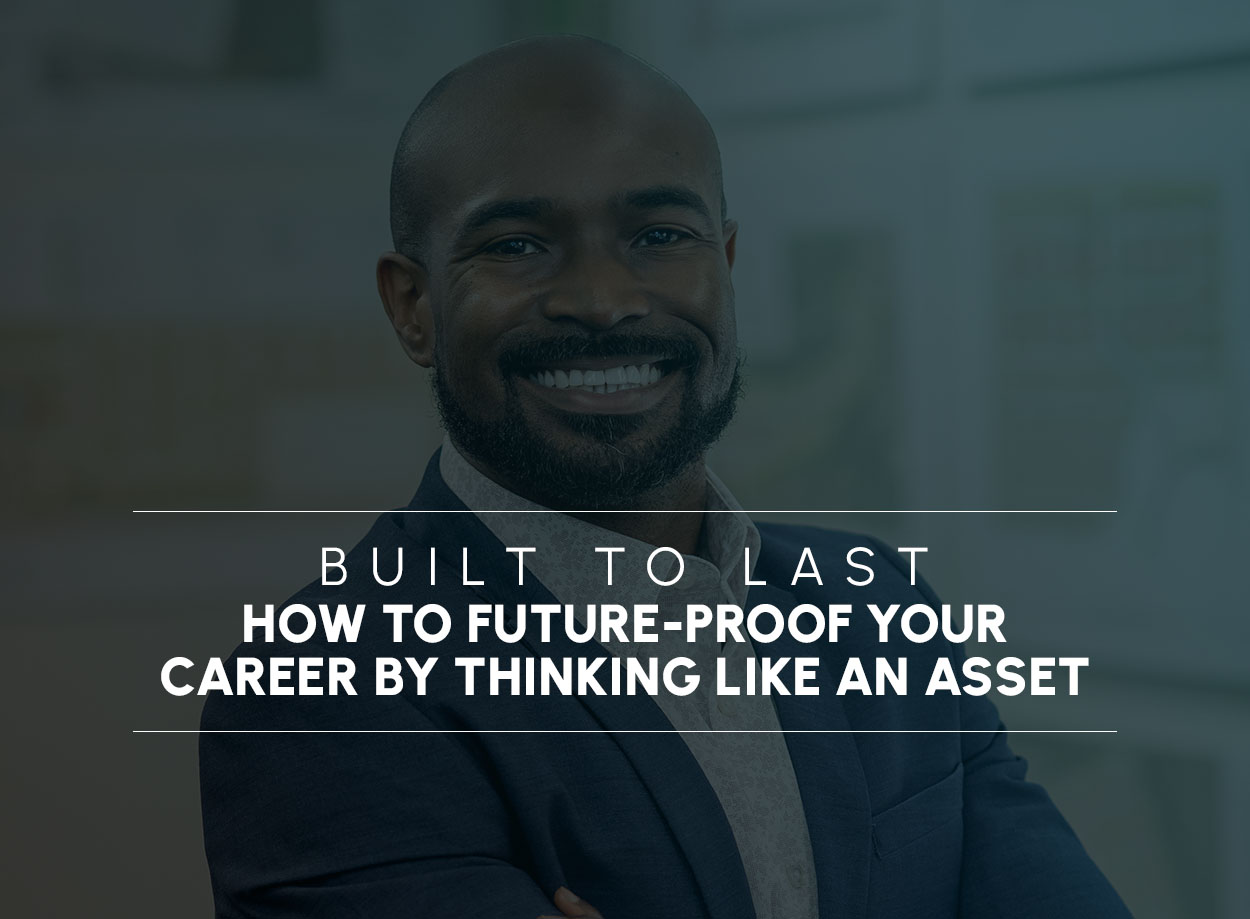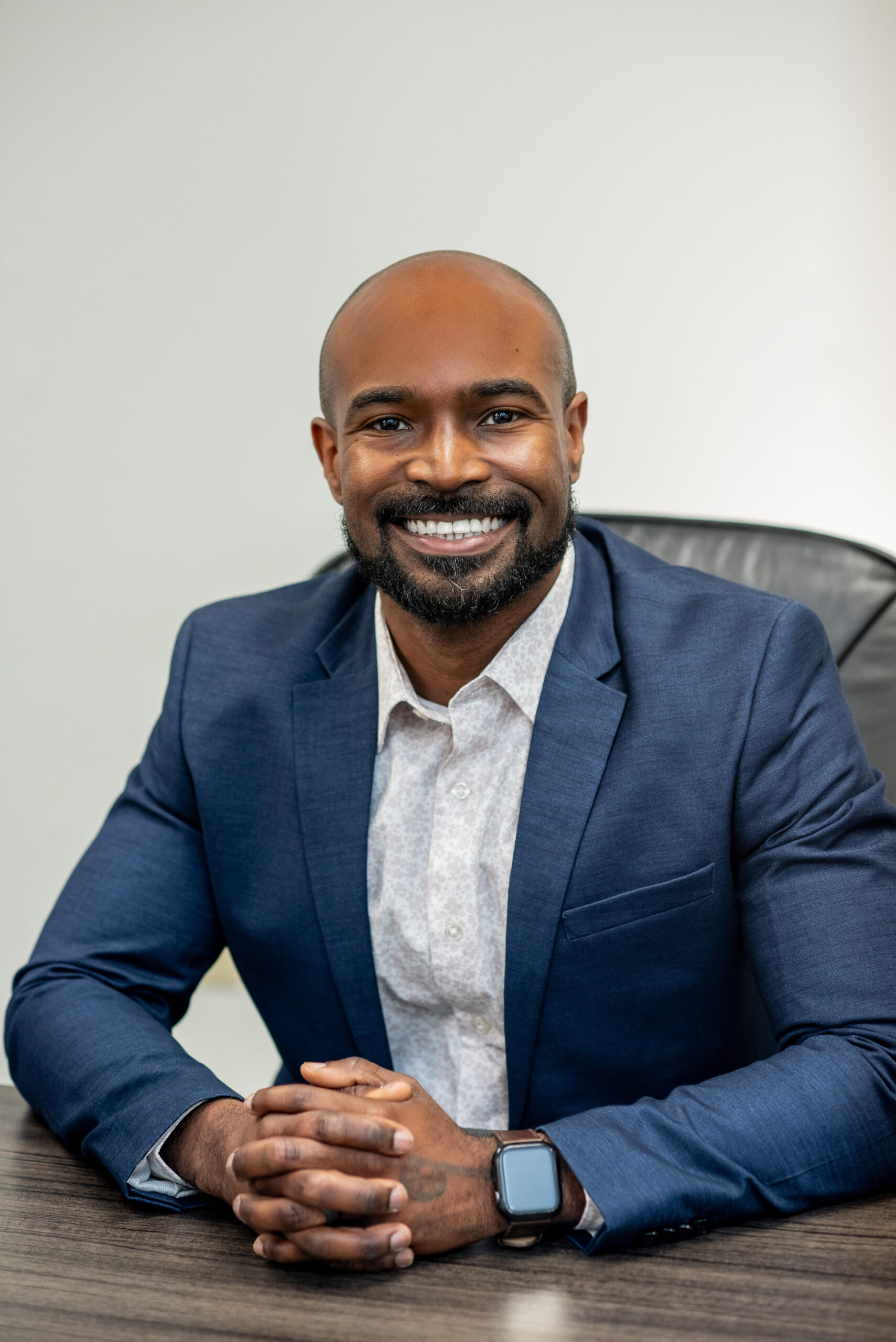
If Your Career Were a Property…
One of the most enduring principles in our organization is to build with integrity and for the long term. You’ll hear it in stories about our founders and how our leaders speak about our developments. Whether creating a new apartment community or a master-planned community, our strategy stays the same. We invest in assets that grow in value over time.
That same mindset can, and should, guide how we grow our careers.
During new employee orientation, I sometimes ask, “If your career were a property, would it be a long-term hold or a short-term flip?” This is a meaningful way to look at personal and professional development. In a world of constant change, a strong career should be built to last through uncertainty, setbacks, and transitions.
The good news is that you don’t need to have everything figured out today. You just need to start thinking like an asset and building with intention. One way to approach it is with Plans, Permits, and Purpose.
Phase 1: Plans — Lay the Foundation
Start with a Career Blueprint
Every successful development starts with a plan. The same applies to your professional path. You don’t need a detailed 20-year map, but having a clear direction helps you stay grounded when things shift.
Consider these questions:
- What kind of impact do I want to have in my current role?
- How would I like to be known by my peers, leaders, or direct reports?
- Where do I want to be five or ten years from now?
A strong career plan isn’t just about upward movement. It’s about aligning your growth with your strengths, interests, and values. Even a simple roadmap can help you make more confident, intentional decisions.
Bridge the Gap Between Today and Tomorrow
One practical way to approach career planning is to compare where you are today with where you want to be.
Try this:
- Review your current job description. Are there any skills you’ve yet to master?
- Then, review the requirements for a role you aspire to. What competencies or experiences would make you a stronger fit?
This simple gap analysis can help you prioritize your growth efforts and identify meaningful next steps.
Phase 2: Permits — Build with Intention
Invest in Career Equity
In real estate, equity represents value that grows over time. In your career, equity is built by developing skills that compound. These include leadership, emotional intelligence, time management, and clear communication.
These core competencies unlock new opportunities and increase your professional value over time. The more you develop them, the more versatile and future-ready you become, regardless of your title.
Rather than waiting for the next performance review or training opportunity, take ownership of your development. Proactively seek feedback, volunteer for stretch assignments, and practice new behaviors that align with your goals. If you’re unclear where to begin but you have a general direction in mind, contacting the Learning and Development department is a significant first step.
Understand the Value of Personal Brand
Your personal brand is the impression others have of your reliability, attitude, and work ethic. In development terms, it’s your curb appeal. It’s what people see before they fully experience the value you bring.
Think about how others might describe working with you. Are you known for delivering on time? Being a team player? Staying calm under pressure?
If you’re unsure, ask a trusted peer, mentor, or supervisor: “What’s one strength I’m known for, and what’s one area I could improve or grow into?” Awareness of your professional brand helps you become more intentional about how you show up.
Maintain and Upgrade Your Skill Set
Even high-performing properties need periodic updates. In your career, this means continuous learning, adaptability, and self-reflection.
In real estate, these are called capital improvements. In your professional life, they might look like:
- Attending a workshop or training
- Seeking mentorship or coaching
- Taking time to reflect on your habits and mindset
- Being open-minded to constructive criticism and new approaches
Consistent upgrades, even small ones, help you stay relevant, engaged, and competitive.
Phase 3: Purpose — Build Something That Lasts
Design for Sustainability
Sustainable design in development focuses on energy efficiency, smart systems, and long-term resilience. Careers need the same thoughtful approach.
Building a sustainable career means:
- Managing your energy and setting healthy boundaries
- Understanding your values and aligning your work accordingly
- Creating routines that support focus, learning, and reflection
Sustainability isn’t just about work-life balance. It’s about creating a rhythm you can maintain over time without compromising your well-being or growth.
Think Beyond the Role: Build for Impact and Legacy
Short-term wins are rewarding, but long-term impact is what creates a legacy. Whether you’re in a leadership position or just starting, your career can influence others for the better.
Purpose might show up as:
- Mentoring a colleague
- Creating smoother processes for your team
- Helping solve problems that go beyond your immediate role
Think of your career as something you’re building, not just for yourself, but for the people who will benefit from your contributions now and in the future.
If you’re not yet in a role that feels meaningful, that doesn’t mean meaningful work isn’t ahead. Sometimes it’s just a matter of gaining the right experience or getting connected to the right opportunity. Keep building with purpose. You may be closer than you think.
Next Steps: Build Smarter, Not Just Harder
Here are three actions you can take today to start treating your career like the asset it is:
- Do a quick career audit Ask yourself: Do my current actions align with where I want to be in the future?
- Clarify your top three career values Use these values as filters when making decisions or evaluating new opportunities.
- Choose one area to improve or maintain Focus on one skill, behavior, or mindset that will move you forward, then commit to building it over time.
Final Thought
You are the most valuable asset in your career portfolio. And just like the properties we’re proud to develop, your career deserves the same care, intention, and investment.
The better you understand your strengths, define your direction, and take ownership of your growth, the more resilient and rewarding your career will become.
“It is better to understand who you are than where you are going, for where you are going will almost certainly change.”
— Jim Collins, Built to Last
I hope this brings you value and supports you on your career journey. As mentioned in the last blog, your career may be an obstacle course, but you’ll never cross the finish line by cheering from the sidelines. Lean in and choose the path that most resembles growth.
Until next month,
Corey James
Learning and Development Program Manager

